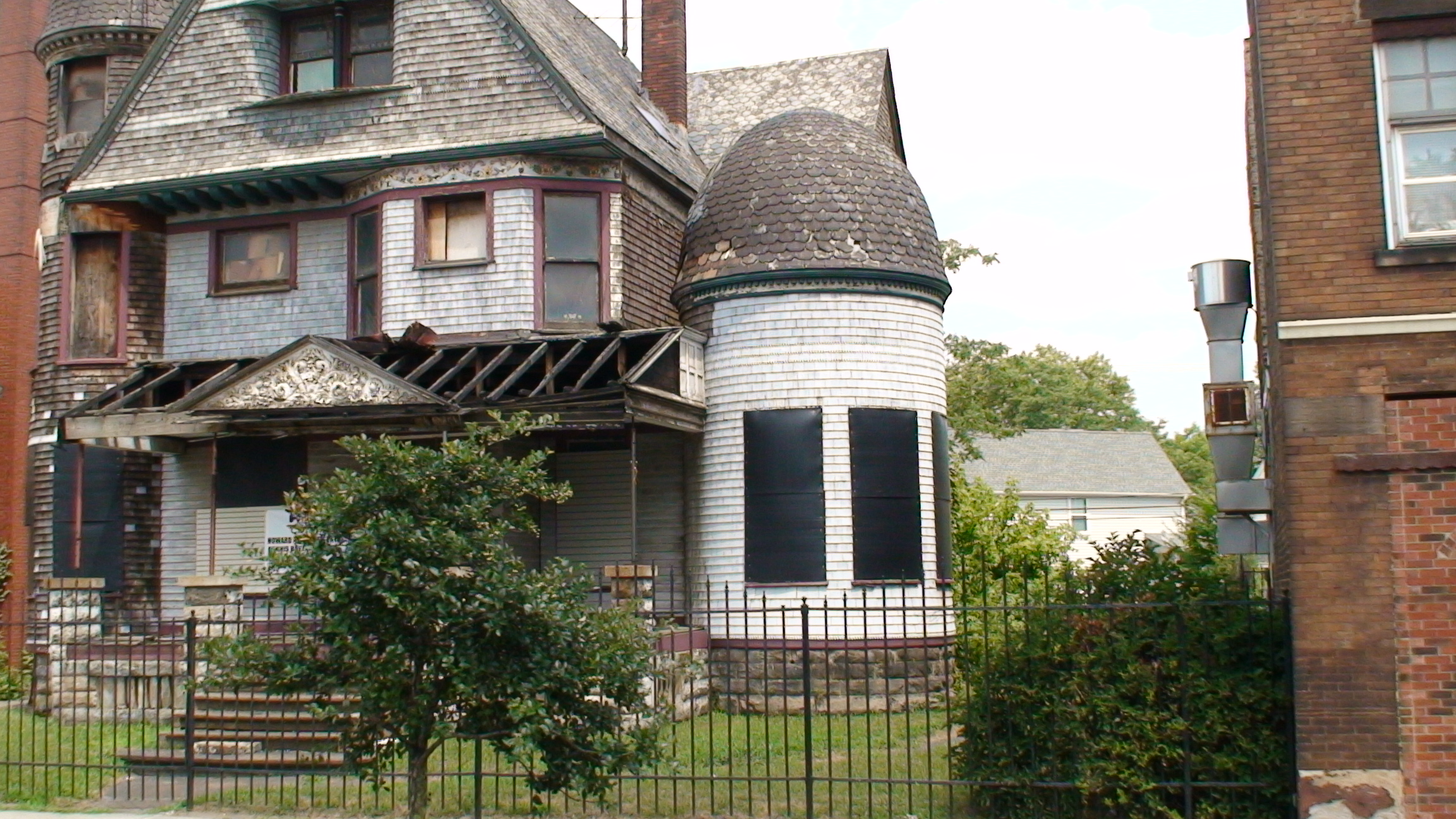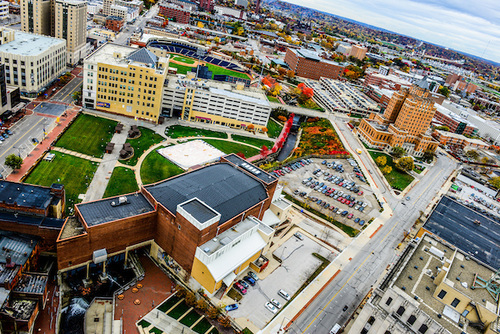By Addie DesRoches, GOPC Intern In 2008, when Ohio was just starting to experiment with land banks, there wasn’t a guarantee that benefits would come from the innovative idea. Now eight years later, Ohio is being used as a national and international model.
The Greater Ohio Policy Center (GOPC) had the pleasure of meeting with Dr. Nobuhisa Taira of Seigakuin University of Japan to discuss the opportunity of creating land banks in rural and urban areas of Japan. Nationally, Japan’s vacancy rate is 10% to 15%, which is par with Ohio’s (which is about 11%).
Dr. Taira informed us about the multiple issues Japanese communities face with vacancy. They often run into temporary vacancy because the owners are using the property for specific storage space or they are hospitalized. This is a difficult issue because someone has ownership of the space but it is not their priority to take care of the property. Ohio has similar issues, but Japan has implemented a system that allows them to track the owner or presiding decision-maker of the property. Unfortunately Ohio does not have a statewide system that tracks property ownership.
Another example Dr. Taira stated is that every time a snowstorm hits a new vacant property, there is the potential for it to become a blighted property. Another specific case is in a row house situation. The houses are protected under historic preservation designations, but when a property in the middle of the structure becomes blighted, it affects the structure as a whole. This not only causes property and revenue loss but the loss of the historical protection as well. With the creation of land banks, land banks could work to take control of the problem property to then make improvements or prevent blight from occurring. Additionally, a land bank could return the property to a desirable state for people and preserve the historical features.
GOPC is excited to see what advances come in Japan from Dr. Taira’s visit. We are wishing him the best and hope he enjoyed his time in Ohio while gaining insight into some of the most efficient land banks in the nation.






